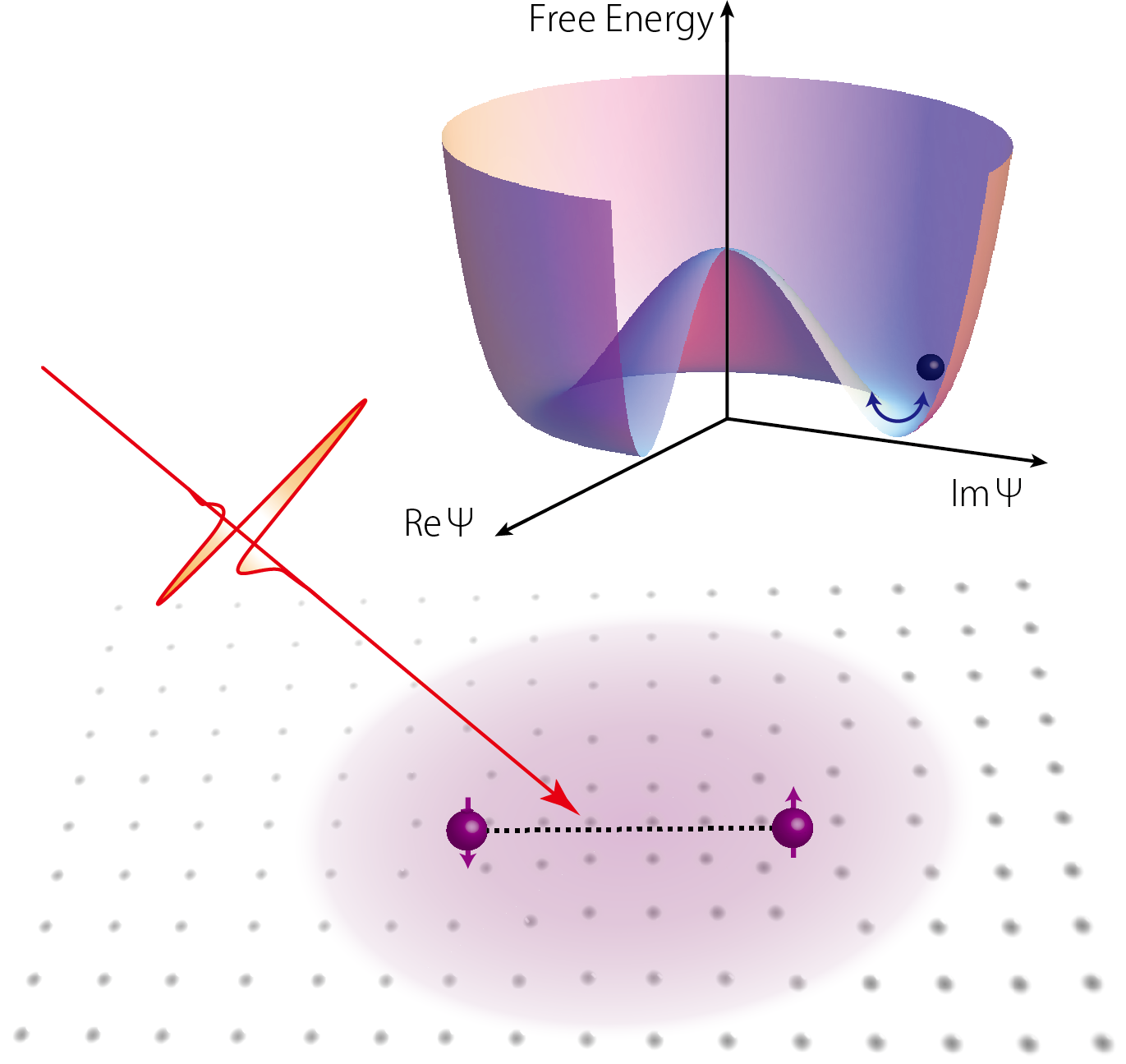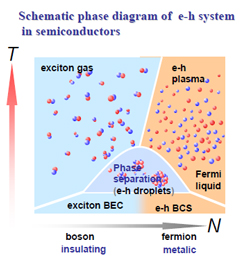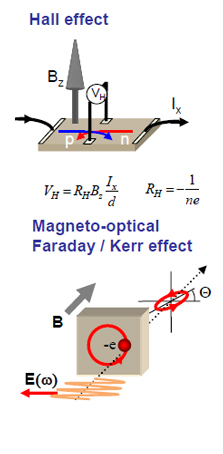Ultrafast Optical Control of Superconductivity
超伝導体の超高速光・テラヘルツ波制御
With recent progress in terahertz technology, it has become possible to generate the intense THz pulse with the peak electric field as much as 1MV/cm, which opens an avenue to control the material properties by optical means, in a non-thermal way. To find a new pathway for the optical control of material phases in various materials, we are studying nonlinear light-matter interactions in the THz range using such an intense THz pulse source.
Here we investigate the ultrafast dynamics of nonequilibrium BCS superconducting states induced by the monocycle THz pulse. The irradiation of the strong THz pulse with its photon energy close to the BCS superconducting gap can break the Cooper pairs, resulting in the high-density creation of Bogoliubov quasiparticles, which in turn causes the collapse of BCS gap. Recently, we have observed such an ultrafast switching from the BCS superconducting state to the normal state in a NbN film induced by the irradiation of an intense THz pulse (Ref.1). With developing a new laser spectroscopy technique such as multi-dimensional time-domain THz spectroscopy, we are studying the coherent transient phenomena in macroscopic quantum phases (Ref.2).
When a physical system undergoes spontaneous symmetry breaking, collective modes associated with the order parameter emerge. Observation of such collective modes provides a clue to identify the underlying nature of physical system, like the Higgs boson in elementary particles. Recently we have observed for the first time the collective amplitude mode of the order parameter, termed as the Higgs mode, in s-wave BCS superconductors Nb1-xTixN (Ref.2). A strong monocycle THz pulse drives the BCS state into far from equilibrium in a nonadiabatic way without heating the lattice system. In response to such an instantaneous perturbation, a transient oscillation of the order parameter is clearly identified in the time-domain THz electromagnetic response. Our result provides a substantial platform for investigating nonequilibrium dynamics of fermionic condensates and opens a new avenue for ultrafast coherent control of superconductivity by light.
References
- "Nonequilibrium BCS State Dynamics Induced by Intense Terahertz Pulses in a Superconducting NbN Film", R. Matsunaga and R. Shimano, Phys. Rev. Lett. 109, 187002 (2012).
- "Higgs Amplitude Mode in the BCS Superconductors Nb1-xTixN Induced by Terahertz Pulse Excitation", R. Matsunaga, Y. I. Hamada, K. Makise, Y. Uzawa, H. Terai, Z. Wang, and R. Shimano, Phys. Rev. Lett. 111, 057002 (2013).
- "Light-induced collective pseudospin precession resonating with Higgs mode in a superconductor", R. Matsunaga, N. Tsuji, H. Fujita, A. Sugioka, K. Makise, Y. Uzawa, H. Terai, Z. Wang, H. Aoki, and R. Shimano, Science 345, 1145 (2014).


